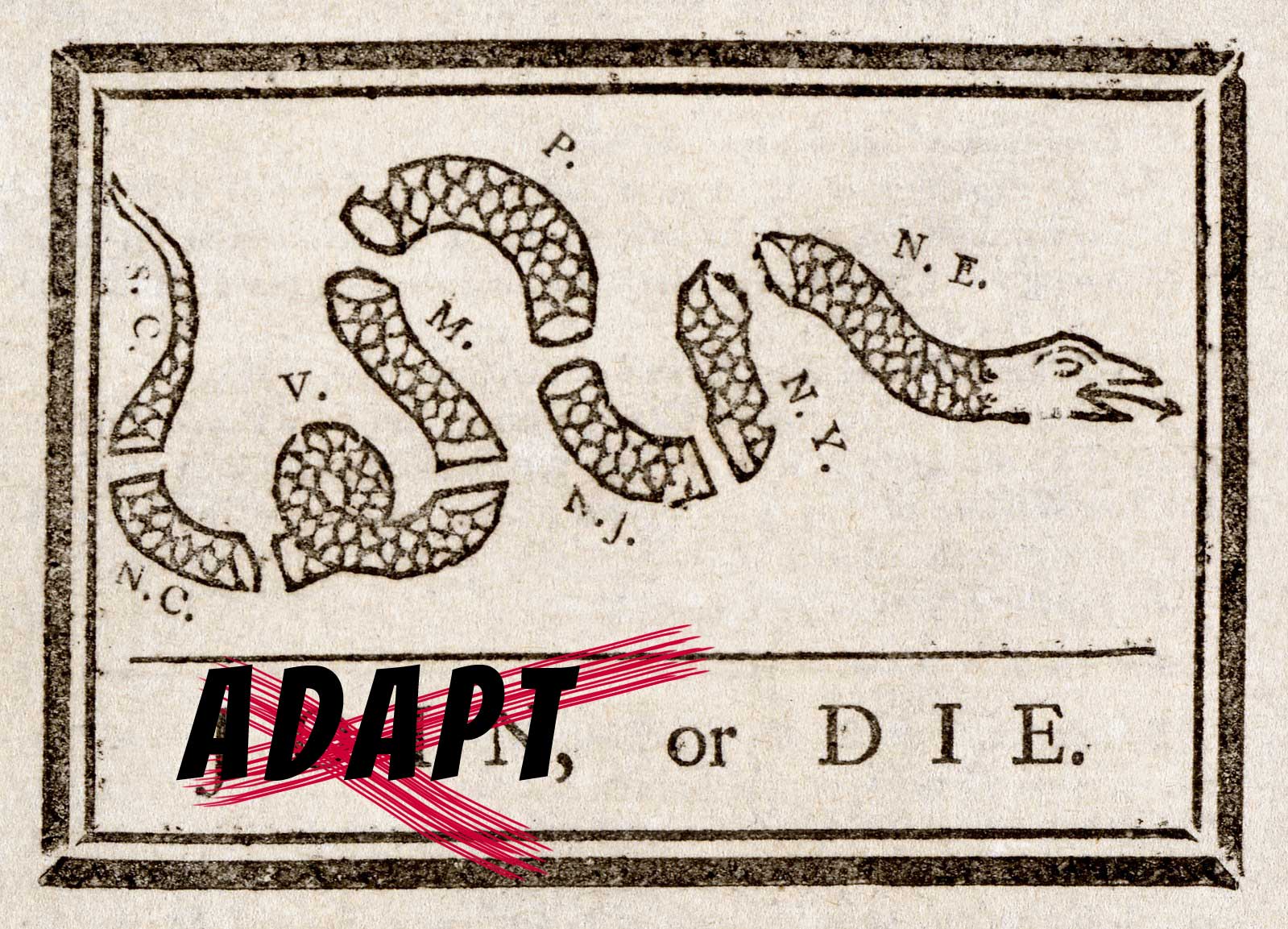Adapt or Die: A Story of Philadelphia's Non-Profit Sector Then and Now
 For the last couple months I have been exploring the non-profit sector in Philly with a cohort of students at Temple University. We're using this platform as a thought experiment in public history, micro donations, and user generated content. We are currently in the process of selecting three ventures to fund with the cryptocurrency proceeds we generate through this endeavor.
For the last couple months I have been exploring the non-profit sector in Philly with a cohort of students at Temple University. We're using this platform as a thought experiment in public history, micro donations, and user generated content. We are currently in the process of selecting three ventures to fund with the cryptocurrency proceeds we generate through this endeavor.
I propose educating artists on how to harness Steemit and other blockchain technologies to generate more revenue streams to support their practice. This program can be sponsored by any number of non-profits in the city whose missions include supporting local artists. Education that includes technological and financial literacy can directly help artists pursue their goals of making meaningful work that challenges the status quo.
Individuals tend to be bigger disruptors than organizations. Case in point, the current occupant of the White House. Funding a non-profit with crypotocurrency is probably akin to rearranging deck chairs on the Titanic. Unless their Board is stacked with people who loved You Can't Do That On Television, even introducing cryptocurrency to a non-profit is a non-starter. These people have emotional attachments to Auntie Mathilde's colonial silverware and would rather them go down with the ship than fall into the "wrong" hands.
I recently read a Harvard Business School case study about the Historical Society of Pennsylvania from 1997 and the related 1999 legal agreement that resulted from the scenario featured in the case study. Long story short, fuddy-duddy rich, white, Christian male social club is losing $50,000 a month because it's too expensive to maintain a library, museum and run a historical society with a measly endowment of 9 million dollars. Female manager comes in and gives old white dudes 3 options. Said manager, ass-kicker Susan Stitt stated: "I was hired to give an opinion and I gave it."
The old white dudes didn't like what she was selling but in 1999 acquiesced and merged almost all of their academic social club with the Atwater Kent Museum. And you bet, it was yet another old, white, male, Christian reliquary that was having a hard time staying financially solvent and culturally relevant.
Flash forward to today and the rebranded institution now known as the Philadelphia History Museum is in similar waters-wondering what it should do next. Shudder up, merge, or radically change. I actually have an idea about what could help/save the museum but that's a post for another day.
Full disclosure I started my first of two non-profit jobs in Philly in 1998 and exited the sector in 2010. I've had my run-ins with mission drift, litigious Board members, and downsizing. I'm cynical because from my experience all these organizations live and die with their Board members. The valor of the mission and the dedication of the staff and communities served is secondary.
So what does this all have to do with our Steemit experiment? I think that we should only partner with groups or individuals who are down with the idea of our project. Which means it falls on us to educate them about the value of our work and its intended impact.
In my research I came across this video:
I think that if a person or representative of an organization can not sit through this 20 min video then they are not receptive to our endeavor. If they can walk away from this video with the glimmer of a new idea that could serve their goals then I think we have a contender.
100% of the SBD rewards from this #explore1918 post will support the Philadelphia History Initiative @phillyhistory. This crypto-experiment conducted by graduate courses at Temple University's Center for Public History and MLA Program, is exploring history and empowering education. Click here to learn more.